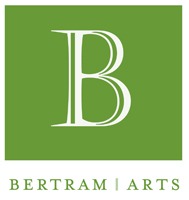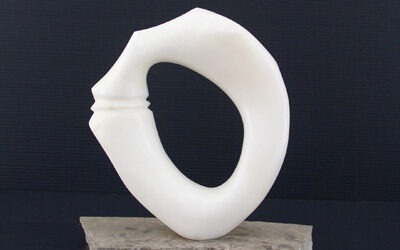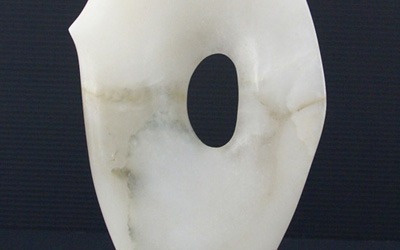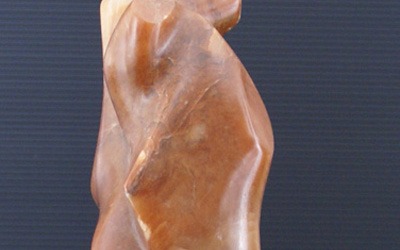Mainly working on the enlargement of sculptures, Peter Hibbard was an assistant to Henry Moore for 2 years in the late ’60s, collaborating on the development of a group of his most highly regarded pieces and in rebuilding some of the original plaster sculptures which are now on view at the Moore Centre, Art Gallery of Ontario in Toronto. Peter has also been actively involved in the development of several regional arts centres and has taught and lectured at a wide range of art educational institutions.
Sculpture and drawings by Peter Hibbard have been exhibited widely since 1965 and he has had many one-man shows, including 2 in London. His work is represented in collections throughout Europe and America. Peter Hibbard was the founder chairman of the Yorkshire Sculptors’ Group and was responsible for organising and designing several of the Group’s highly respected early exhibitions.
He currently lives and works in South West France.




